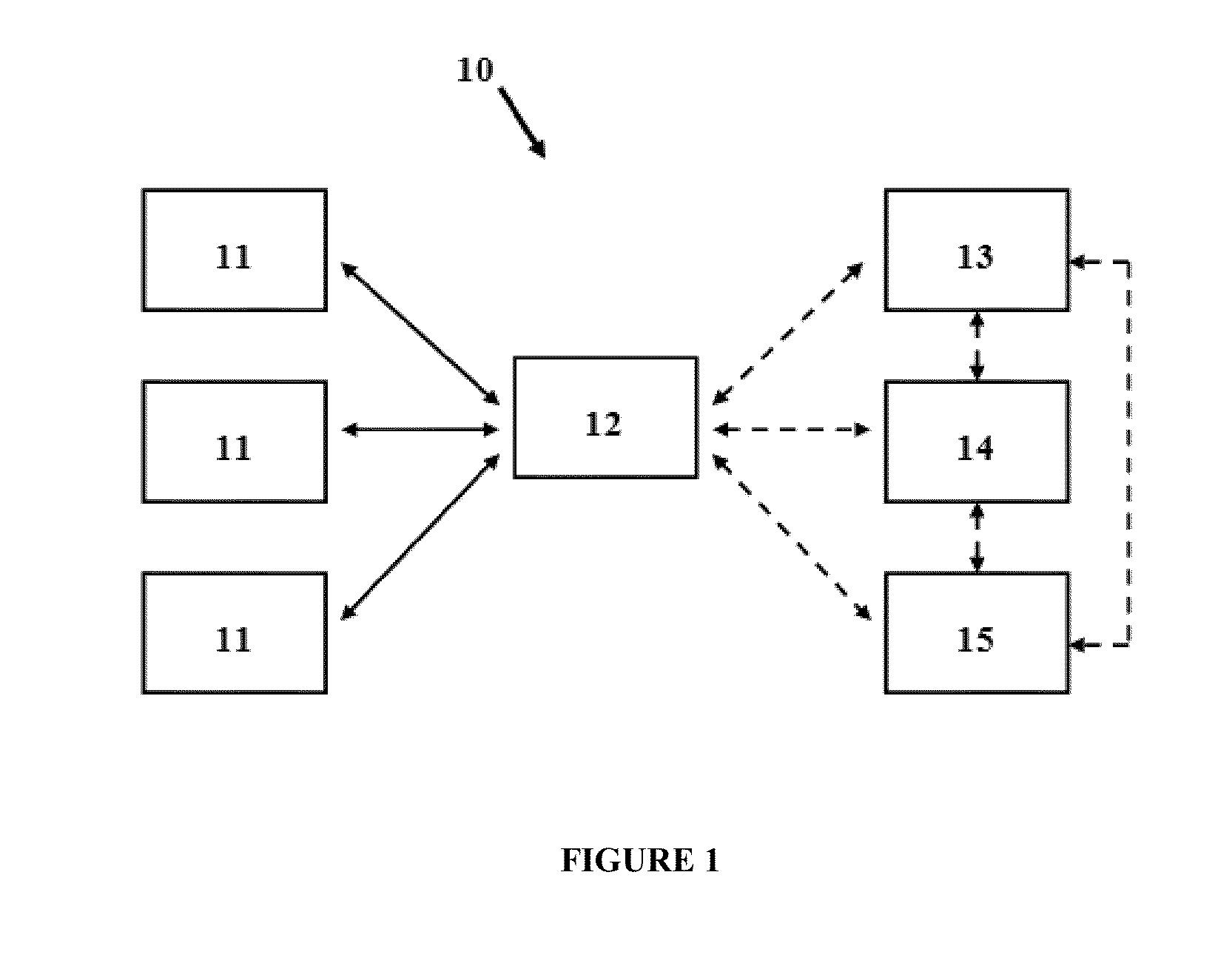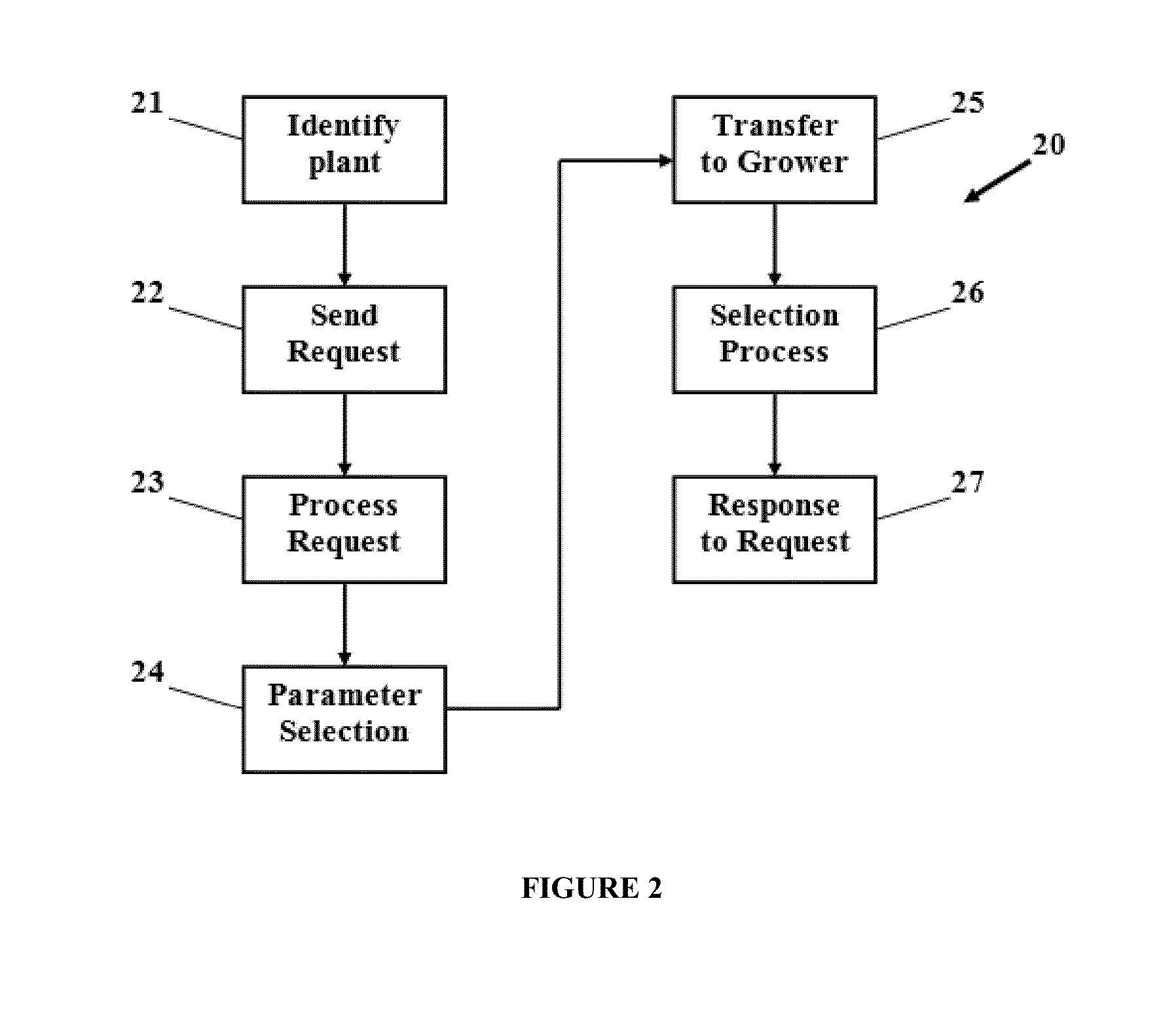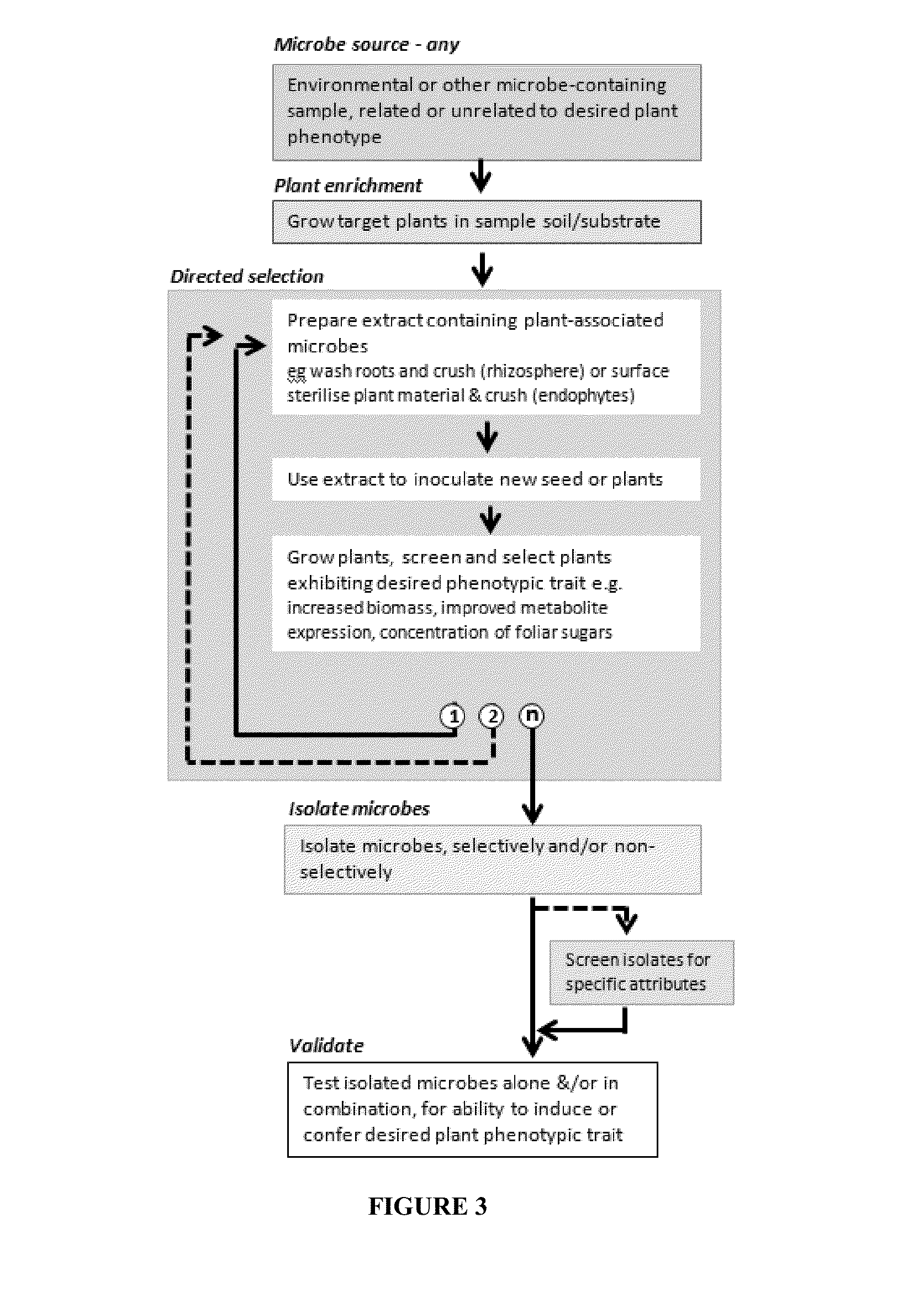Accelerated directed evolution of microbial consortia for the development of desirable plant phenotypic traits
a technology of microbial consortia and accelerated directed evolution, which is applied in the direction of biocide, instruments, library screening, etc., can solve the problems of limited scope, high cost, and difficulty in achieving the effect of accelerating the development of microbial consortia for the development of desirable plant phenotypic traits, and achieves the effect of fast, broad application and efficient process
- Summary
- Abstract
- Description
- Claims
- Application Information
AI Technical Summary
Benefits of technology
Problems solved by technology
Method used
Image
Examples
example 1
Identification of Microorganisms Able to Improve the Sugar Content of Forage Crops Such as Ryegrass
[0416]Step 1. Untreated ryegrass seeds are planted in a wide variety of soils in small pots. Soils may include additional amendments comprising pure cultures of microorganisms, mixtures of microorganisms or materials containing microorganisms derived from other sources.
[0417]Step 2. After a suitable period of growth, say 1 month, the plants are washed out of the soil, and the microorganisms isolated from roots and stems / foliage, either as individual isolates in pure culture, or as mixed populations e.g. as a microbial suspension from an aqueous root crush and / or a stem / foliar crush.
[0418]Step 3. The microorganisms are then added to a plant growth medium into which untreated ryegrass seeds are planted. Alternatively, the microorganism(s) are mixed into a suitable seed coating material e.g. a gel, and coated onto seeds before being planted into a similar plant medium. Alternatively, the ...
example 2
Identification of Microorganisms Able to Improve the Tittering of Grain Crops Such as Wheat
[0422]In the case of winter wheat varieties, mainly sown in the Northern Hemisphere, it may be important to select plants that display early tillering after exposure of seed to a growth medium containing microorganisms under conditions of light and temperature similar to those experienced by winter wheat seed in the Northern Hemisphere, since early tillering is a trait related to winter survival, growth, and eventual grain yield in the summer
[0423]Step 1. Untreated wheat seeds are planted in a wide variety of soils or microbial substrates in small pots. Soils may include additional amendments comprising pure cultures of microorganisms, mixtures of microorganisms or materials containing microorganisms that are derived from other sources.
[0424]Step 2. After a suitable period of growth period, say 1 month, the plants are washed out of the soil, and the microorganisms isolated from roots and stems...
example 3
Use of an Accelerated Microbial Selection Process to Select Seed-Borne Endophytes Conveying a Beneficial Crop Trait
[0429]Forage grasses expressing beneficial traits such as insect-resistance and improved tolerance to both biotic and abiotic stressors via strains of the seed-borne fungus Neotyphodium sp. have been widely adopted by farmers in New Zealand and elsewhere.
[0430]It would be desirable to extend the benefits of traits similar to those expressed by this seed-borne fungus and other similar species in the fungal family, to a broader range seed-borne endophytic microbes thereby providing access to a much wider range of beneficial crop traits.
[0431]Step 1. Untreated ryegrass seeds are planted in a wide variety of soils in small pots. Soils may include additional amendments comprising pure cultures of microorganisms, mixtures of microorganisms or materials containing microorganisms that derived from other sources.
[0432]Step 2. After a suitable period of growth, the plants are was...
PUM
| Property | Measurement | Unit |
|---|---|---|
| temperature | aaaaa | aaaaa |
| volume | aaaaa | aaaaa |
| pH | aaaaa | aaaaa |
Abstract
Description
Claims
Application Information
 Login to View More
Login to View More - R&D
- Intellectual Property
- Life Sciences
- Materials
- Tech Scout
- Unparalleled Data Quality
- Higher Quality Content
- 60% Fewer Hallucinations
Browse by: Latest US Patents, China's latest patents, Technical Efficacy Thesaurus, Application Domain, Technology Topic, Popular Technical Reports.
© 2025 PatSnap. All rights reserved.Legal|Privacy policy|Modern Slavery Act Transparency Statement|Sitemap|About US| Contact US: help@patsnap.com



